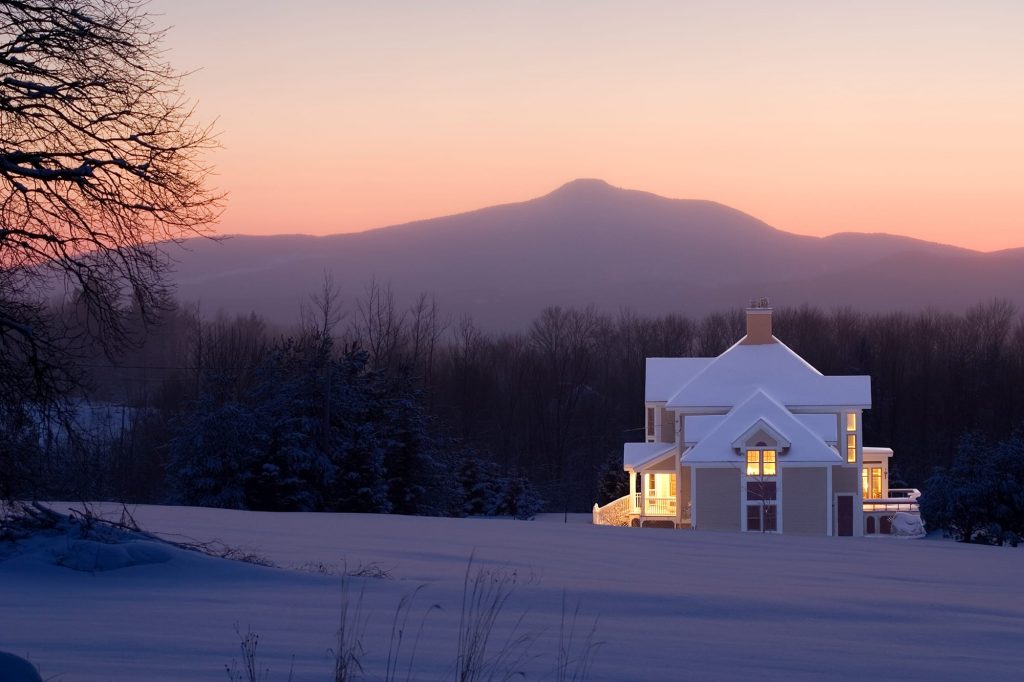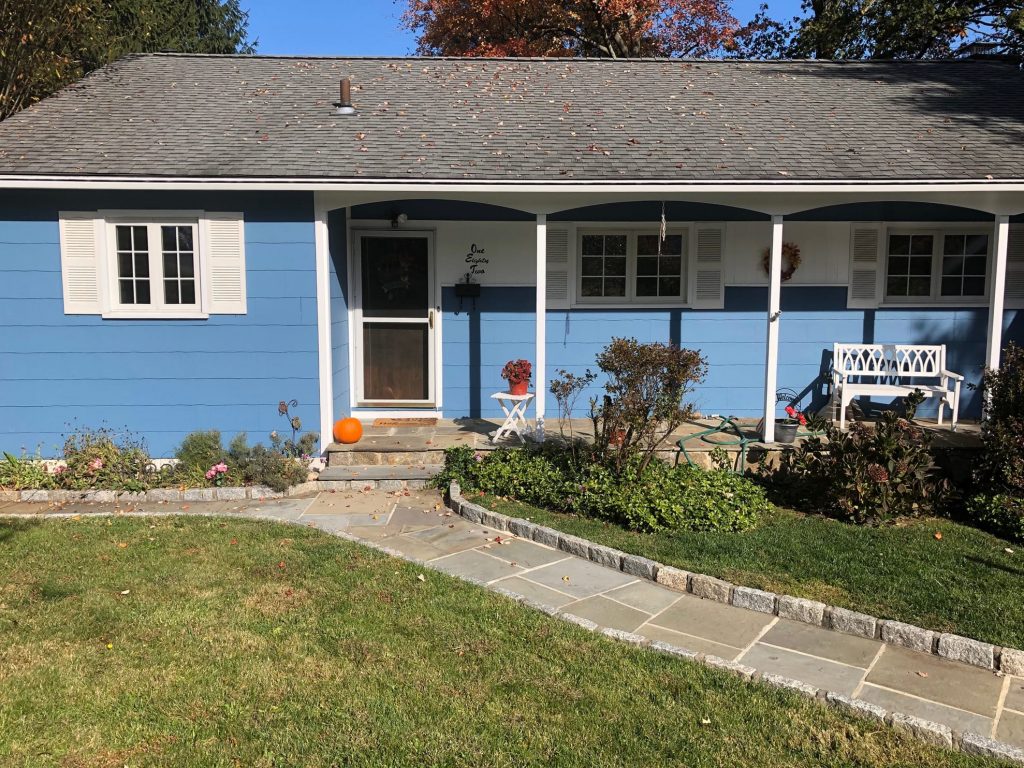The “little” issues that make your house feel like a drafty old castle.
In houses built before 1990, drafty rooms and hallways are often just part of everyday living. Drafts are so commonplace, in fact, that many folks believe that there’s nothing to do about them. Older houses are drafty, end of story.
Well, that’s not exactly true. At Sealed we solve drafts everyday. In this article, we’ll show you how.
 Header With An Image
Header With An Image
We all know the old adage “heat rises.” This is especially relevant when it comes to houses.
In your house, cool air tends to settle on the lower floors. Hot air collects in the upper floors and attic. That’s why your basement is cool in summer, and your second floor is usually warmer than your first floor in winter.
- This is an item
- This is another item
- This is something important
- Stuff
As air moves through your house, the hot air looks to escape through the top. Most often, the point of exit is through your attic.

For every unit of air that goes out of the house, a new one is drawn in. This prevents the air pressure inside your house from becoming lower than the pressure outside.
So if it’s winter, and hot air is escaping through your attic, new (cold) air will be drawn in from below. Usually this air comes in through through gaps and cracks in your house’s foundation. That’s one reason many houses have cold floors in winter.
Thus, in winter, houses have an airflow cycle that looks like this:
[illustration]
In summer, it looks like this:
[illustration]
This is a quote about something super cool. Some words will go here. Everything is fine. Blah blah blah.
Bob Burger
More holes than a golf course
The “chimney effect” in your house is compounded by the fact that most houses just aren’t very airtight. Houses are filled with little gaps, cracks, and holes. And they’re everywhere. In the foundation, the walls, and in the attic. In your chimney, your attic entrance, your recessed lighting fixtures, the holes for wiring and plumbing. The list goes on.
Leaky windows and doors play a role in this problem as well, but as you can see they’re only one part of a much broader ecosystem of issues.

Why so many gaps and cracks? A couple of reasons. Before 1990 making houses airtight simply wasn’t a concern for most homebuilders. Plus, as houses get older and they settle into their foundations, it’s natural for gaps and cracks to expand.
You can find diagrams of these common problem areas in the Your Home section of our site.
Regulating airflow
So, what to do? How can you address a whole host of little problems that add up to the big problem of drafts?

New windows won’t solve the problem by themselves. (Plus, they’re expensive.) Adding insulation will help, but that, too, won’t address everything by itself. The best solution we’ve found is a combination of strategic insulation, air sealing, and ventilation.
This is highly specialized work performed by a segment of home contractors known as home performance specialists. It also happens to be the type of work that we handle here at Sealed every day.
So if you’d like to do something about those drafts once and for all, give us a call. We’d be happy to help design a solution for your home.
And if you’d like to learn more about home performance and the science of houses, be sure to read more of our home library. We think it’s fascinating stuff. But, then again, it’s our job to care about houses.